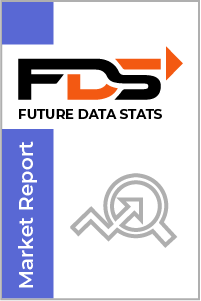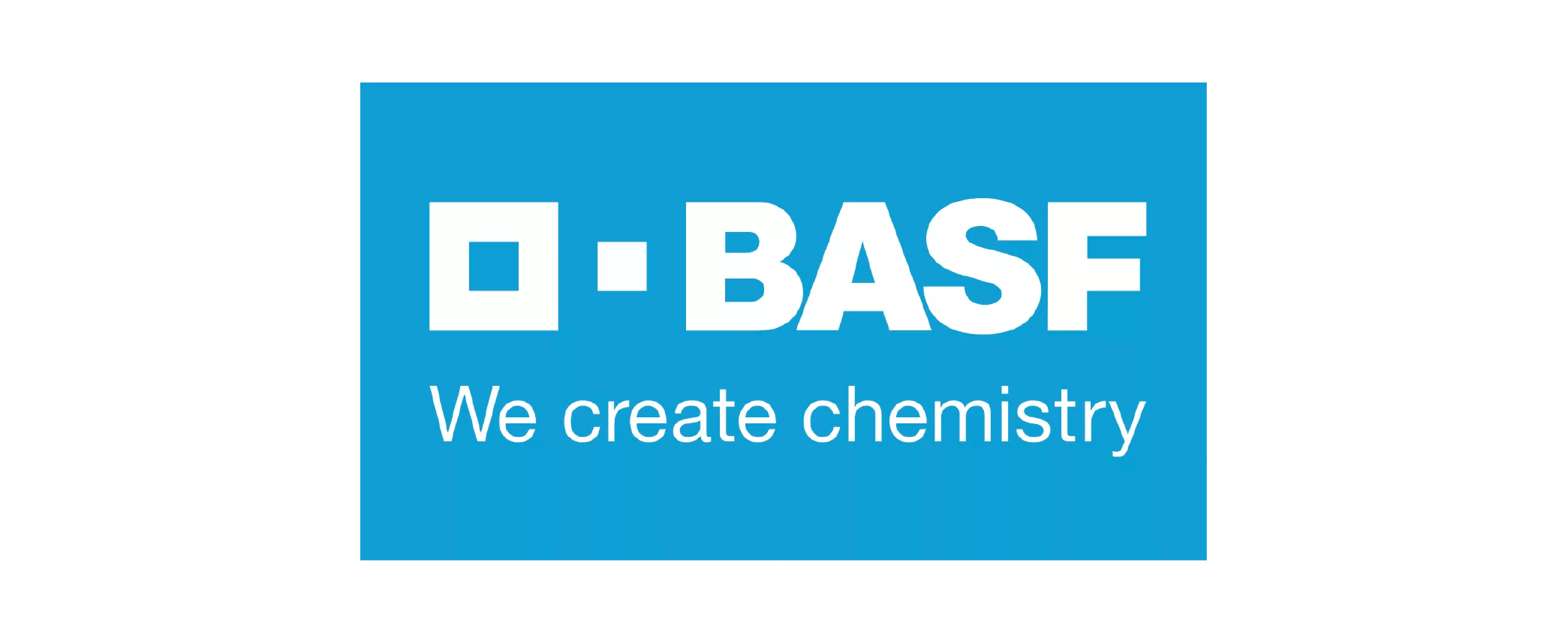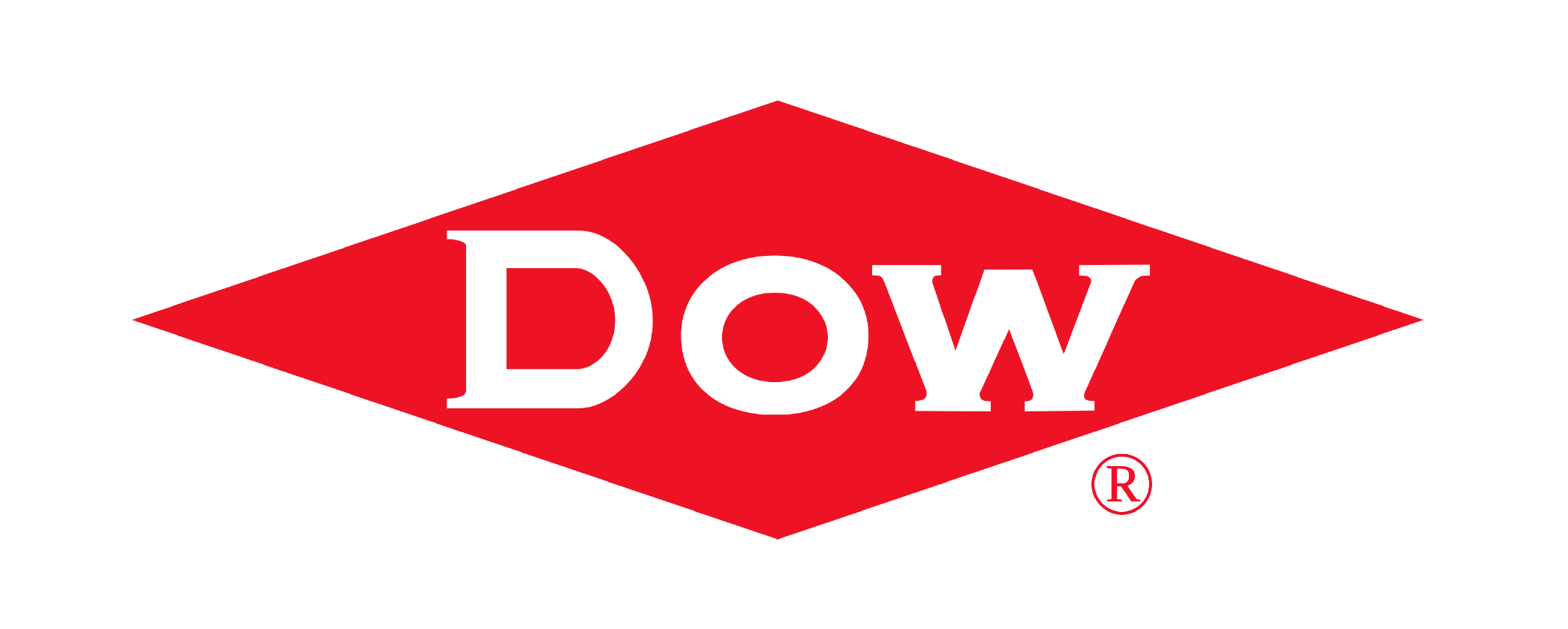The global Automotive Plastics Market size was valued at USD 33.08 Billion in 2024 and is projected to expand at a compound annual growth rate (CAGR) of 5.7% during the forecast period, reaching a value of USD 46.12 Billion by 2032.
Automotive Plastics Market research report by Future Data Stats, offers a comprehensive view of the Market's historical data from 2019 to 2022, capturing trends, growth patterns, and key drivers. It establishes 2023 as the base year, analysing the Market landscape, consumer behaviour, competition, and regulations. Additionally, the report presents a well-researched forecast period from 2024 to 2032, leveraging data analysis techniques to project the Market's growth trajectory, emerging opportunities, and anticipated challenges.
MARKET OVERVIEW:
Automotive plastics are versatile materials used in vehicle manufacturing to enhance performance, safety, and aesthetics. They replace traditional metal and glass components in various car parts, including dashboards, bumpers, and interior trims. By incorporating plastics, manufacturers reduce vehicle weight, improve fuel efficiency, and lower production costs.
These plastics come in various types, such as thermoplastics and thermosetting plastics, each offering distinct benefits. Thermoplastics can be melted and reformed multiple times, while thermosetting plastics harden permanently after molding. Both types contribute to the durability and flexibility of automotive parts, making them crucial in modern vehicle design.
MARKET DYNAMICS:
Automakers are turning to plastic materials to reduce vehicle weight, thereby improving fuel economy and reducing emissions. Advancements in plastic technology have also enabled manufacturers to produce durable and versatile components, enhancing vehicle performance and safety. Additionally, the rising popularity of electric vehicles (EVs) is contributing to the growth, as plastics play a crucial role in battery protection and overall vehicle design.
Environmental concerns related to plastic waste and recycling pose significant restraints. Regulatory pressures and consumer demand for sustainable materials are pushing manufacturers to innovate in eco-friendly plastics. Nonetheless, these challenges present opportunities for growth in the development of biodegradable and recyclable plastics. The ongoing research and development in sustainable materials are expected to open new avenues for market players, enabling them to meet regulatory requirements and cater to the environmentally conscious consumer base.
AUTOMOTIVE PLASTICS MARKET SEGMENTATION ANALYSIS
BY TYPE:
Key materials like Polypropylene (PP) and Polyurethane (PU) dominate the industry due to their versatility and cost-effectiveness. PP, known for its lightweight and durable properties, is widely used in interior and exterior automotive components. PU offers excellent impact resistance and flexibility, making it ideal for seating and cushioning applications. Polyvinyl Chloride (PVC) and Acrylonitrile Butadiene Styrene (ABS) are also crucial players in this market. PVC's resistance to corrosion and UV radiation makes it a popular choice for trim and sealant applications. ABS, with its strong mechanical properties and ease of processing, is commonly used in dashboards and other high-impact areas. Polyethylene (PE) and Polymethyl Methacrylate (PMMA) further contribute to market dynamics. PE is valued for its high chemical resistance and low-density, used in fuel tanks and underbody shields. PMMA, known for its optical clarity and impact resistance, is often used in light covers and displays. These materials, along with others, shape the automotive plastics landscape by meeting various performance and aesthetic requirements.
BY APPLICATION:
Interior components, such as dashboards and seat frames, increasingly rely on plastics to enhance comfort and reduce overall weight. Exterior parts, including bumpers and panels, benefit from plastics' impact resistance and design flexibility, making vehicles safer and more aesthetically pleasing. Under the hood, plastic materials offer heat resistance and durability, essential for engine components and fluid reservoirs. The rise of electric vehicles (EVs) further amplifies the demand for automotive plastics, as they provide insulation and protection for batteries and electronic systems. Plastics help optimize the weight and performance of EVs, contributing to their efficiency and range. Beyond these applications, the automotive industry explores other innovative uses of plastics, such as in advanced driver-assistance systems (ADAS) and infotainment modules. As technology advances, the versatility and functionality of plastics will continue to play a pivotal role in shaping the future of automotive design and manufacturing.
BY VEHICLE TYPE:
Passenger cars lead the market, using automotive plastics for components like dashboards, bumpers, and interior trims. These materials enhance both the performance and aesthetic appeal of passenger vehicles, driving their widespread adoption. Commercial vehicles also contribute to market growth, benefiting from the durability and lightweight properties of automotive plastics. Components such as panels and storage solutions use these materials to withstand heavy loads and harsh conditions, optimizing vehicle functionality and efficiency. Electric vehicles (EVs) represent a rapidly growing segment in the automotive plastics market. Plastics play a crucial role in reducing vehicle weight and improving battery efficiency. EVs use lightweight plastic components to extend range and enhance overall performance, making them a key driver of innovation in the automotive plastics industry.
REGIONAL ANALYSIS:
The automotive plastics market in North America is experiencing steady growth due to the region's strong emphasis on innovation and sustainability. Manufacturers in the United States and Canada are increasingly adopting advanced plastic materials to enhance vehicle performance and fuel efficiency. Additionally, stringent environmental regulations drive the demand for lightweight and recyclable plastics, encouraging continuous research and development.
In Europe, the automotive plastics market benefits from the region's robust automotive industry and focus on reducing carbon emissions. Germany, a key player in the automotive sector, leads the adoption of high-performance plastics for both traditional and electric vehicles. Meanwhile, the Asia Pacific region, particularly China and India, sees rapid market expansion due to rising vehicle production and increasing consumer preference for fuel-efficient cars. Latin America, the Middle East, and Africa also contribute to the market's growth, with emerging economies investing in advanced automotive technologies and infrastructure development.
KEY MARKET PLAYERS:
- BASF SE
- Dow Inc.
- LyondellBasell Industries N.V.
- SABIC
- Covestro AG
- DuPont de Nemours, Inc.
- ExxonMobil Chemical Company
- Lanxess AG
- Solvay S.A.
- Arkema S.A.
- INEOS Group Holdings S.A.
- Mitsubishi Chemical Corporation
- Toray Industries, Inc.
- Teijin Limited
- Asahi Kasei Corporation
- Borealis AG
- Celanese Corporation
- Hanwha Solutions Corporation
- LG Chem Ltd.
- RTP Company
- SABIC Innovative Plastics US LLC
- TotalEnergies SE
- Victrex plc
- Trinseo S.A.
- Sumitomo Chemical Co., Ltd.
Table of Contents
- Executive Summary
- Market Overview
- Definition and Scope of Automotive Plastics
- Market Drivers and Trends
- Growing Demand for Lightweight Vehicles
- Increasing Adoption of Recycled Plastics
- Advancements in Plastic Material Technology
- Market Restraints and Challenges
- Volatility in Raw Material Prices
- Environmental Concerns and Regulations
- Global Automotive Plastics Market Analysis
- Market Size and Forecast
- Market Share Analysis by Polymer Type
- Polypropylene (PP)
- Polyurethane (PU)
- Polyvinyl Chloride (PVC)
- Acrylonitrile Butadiene Styrene (ABS)
- Others
- Market Share Analysis by Application
- Interior
- Exterior
- Under the Hood
- Others
- Regional Automotive Plastics Market Analysis
- North America
- Europe
- Asia-Pacific
- Latin America
- Middle East and Africa
- Competitive Landscape
- Key Global Players and Their Market Share
- Product Portfolios and Recent Developments
- Mergers, Acquisitions, and Partnerships
- Company Profiles
- Company A
- Company B
- Company C
- Company D
- Company E
- Conclusion and Recommendations
Automotive Plastics Market Segmentation:
By Type:
- Polypropylene (PP)
- Polyurethane (PU)
- Polyvinyl Chloride (PVC)
- Acrylonitrile Butadiene Styrene (ABS)
- Polyethylene (PE)
- Polymethyl Methacrylate (PMMA)
- Others
By Application:
- Interior
- Exterior
- Under the Hood
- Electric Vehicles
- Others
By Vehicle Type:
- Passenger Cars
- Commercial Vehicles
- Electric Vehicles
By Geography:
- North America (USA, Canada, Mexico)
- Europe (Germany, UK, France, Russia, Italy, Rest of Europe)
- Asia-Pacific (China, Japan, South Korea, India, Southeast Asia, Rest of Asia-Pacific)
- South America (Brazil, Argentina, Columbia, Rest of South America)
- Middle East and Africa (Saudi Arabia, UAE, Egypt, Nigeria, South Africa, Rest of MEA)
Key Reasons to Buy this Report
· Comprehensive Insights: This market research report provides in-depth and comprehensive insights into the industry, market trends, and key dynamics. The thorough data collection, analysis, and interpretation processes offer valuable information and a clear understanding of the market landscape.
· Future Predictions: The report includes detailed future data statistics, forecasts, and predictions based on rigorous analysis and modeling techniques. These insights can aid in making informed decisions and developing strategies that align with the projected market scenarios.
· Industry Analysis: The report offers a comprehensive industry analysis, including factors such as market size, market share, competitive landscape, and key players. This overview of the industry's current status, growth potential, and competitive dynamics can help identify lucrative opportunities.
· Market Trends and Opportunities: By purchasing this report, you gain access to up-to-date information on the latest market trends and emerging opportunities. This knowledge can help you identify potential growth areas and adapt your business strategies accordingly.
· Risk Mitigation: The report provides insights into potential risks, challenges, and barriers to entry in the market, enabling you to develop risk mitigation strategies and anticipate market fluctuations.
· Investment Decision Support: The reliable and data-driven information in this report can aid investors, venture capitalists, and financial institutions in their investment decision-making processes, helping evaluate market potential and expected returns.
· Product Development and Innovation: The insights into consumer preferences, needs, and demands can be leveraged for product development and innovation, leading to enhanced customer satisfaction and market success.
· Strategic Planning: The comprehensive market overview, competitive positioning, and growth potential information in this report can serve as a foundation for strategic planning, goal setting, and resource allocation.
· Market Entry and Expansion: For businesses looking to enter new markets or expand their operations, this report provides valuable insights into market dynamics, consumer behavior, regulatory frameworks, and competitive landscapes, supporting informed decision-making.
· Evidence-Based Decision Making: The data-driven analysis and insights in this report can enable you to make informed decisions, reducing the risk of costly mistakes and increasing the likelihood of achieving your business objectives.
RESEARCH METHODOLOGY
With a collective industry experience of about 70 years of analysts and experts, Future Data Stats encompasses the most infallible research methodology for its market intelligence and industry analysis. Not only does the company dig deep into the innermost levels of the market, but also examines the minutest details for its market estimates and forecasts.
This approach helps build a greater market-specific view of size, shape, and industry trends within each industry segment. Various industry trends and real-time developments are factored into identifying key growth factors and the future course of the market. The research proceeds are the results of high-quality data, expert views & analysis, and valuable independent opinions. The research process is designed to deliver a balanced view of the global markets and allows stakeholders to make informed decisions, to attain their highest growth objectives.
Future Data Stats offers its clients exhaustive research and analysis, based on a wide variety of factual inputs, which largely include interviews with industry participants, reliable statistics, and regional intelligence. The in-house industry experts play an instrumental role in designing analytic tools and models, tailored to the requirements of a particular industry segment. These analytical tools and models distill the data & statistics and enhance the accuracy of our recommendations and advice.
With Future Data Stats calibrated research process and 360° data-evaluation methodology, the clients receive:
· Consistent, valuable, robust, and actionable data & analysis that can easily be referenced for strategic business planning
· Technologically sophisticated and reliable insights through a well-audited and veracious research methodology
· Sovereign research proceeds that present a tangible depiction of the marketplace
· With this strong methodology, Future Data Stats ensures that its research and analysis is most reliable and guarantees sound business planning.
The research methodology of the global market involves extensive primary and secondary research. Primary research includes about 24 hours of interviews and discussions with a wide range of stakeholders that include upstream and downstream participants. Primary research typically is a bulk of our research efforts, coherently supported by extensive secondary research. Over 3000 product literature, industry releases, annual reports, and other such documents of key industry participants have been reviewed to obtain a better market understanding and gain enhanced competitive intelligence. In addition, authentic industry journals, trade associations' releases, and government websites have also been reviewed to generate high-value industry insights.
Primary Research:
· Identify key opinion leaders
· Questionnaire design
· In-depth Interviews
· Coverage across the value chain
Desk Research:
· Company Website
· Company Annual Reports
· Paid Databases
· Financial Reports
Company Analysis:
· Market Participants
· Key Strengths
· Product Portfolio
· Mapping as per Value Chain
· Key focus segment
Primary research efforts include reaching out to participants through emails, telephonic conversations, referrals, and professional corporate relations with various companies that make way for greater flexibility in reaching out to industry participants and commentators for interviews and discussions.
The aforementioned helps to:
· Validate and improve data quality and strengthen the research proceeds
· Develop a market understanding and expertise
· Supply authentic information about the market size, share, growth, and forecasts
The primary research interview and discussion panels comprise experienced industry personnel, including Chief executives and VPs of leading corporations specific to an industry, Product and sales managers or country heads, Channel partners & top-level distributors, and Banking, investments, and valuation experts.
Secondary Research:
A broad array of industry sources for the secondary research typically includes, but is not limited to:
· Company SEC filings, annual reports, company websites, broker & financial reports, and investor presentations for a competitive scenario and shape of the industry
· Patent and regulatory databases to understand technical & legal developments
· Scientific and technical writings for product information and related preemptions
· Regional government and statistical databases for macro analysis
· Authentic news articles, web-casts, and other related releases to evaluate the market
· Internal and external proprietary databases, key market indicators, and relevant press releases for market estimates and forecasts
Analyst Tools and Models:
Bottom-up Approach:
· Arriving at Global Market Size
· Arriving at Regional/Country Market Size
· Market Share of Key Players
Top-down Approach:
· Key Market Players
· Market Share of Key Players
· Arriving at Regional/Country Market Size
· Arriving at Global Market Size
Automotive Plastics Market Dynamic Factors
Drivers:
- Increased demand for lightweight and fuel-efficient vehicles.
- Cost-effectiveness of plastic materials compared to metals.
- Advances in plastic technology improving durability and safety.
Restraints:
- High initial cost of advanced plastic materials.
- Environmental concerns regarding plastic waste and recycling.
- Regulatory challenges and compliance issues.
Opportunities:
- Growth of electric vehicles requiring advanced plastic solutions.
- Innovations in recycling technologies enhancing plastic sustainability.
- Expanding applications in autonomous and connected vehicle technologies.
Challenges:
- Volatility in raw material prices affecting production costs.
- Need for continuous R&D to meet evolving automotive standards.
- Competition with alternative materials like composites and advanced alloys.
Frequently Asked Questions















